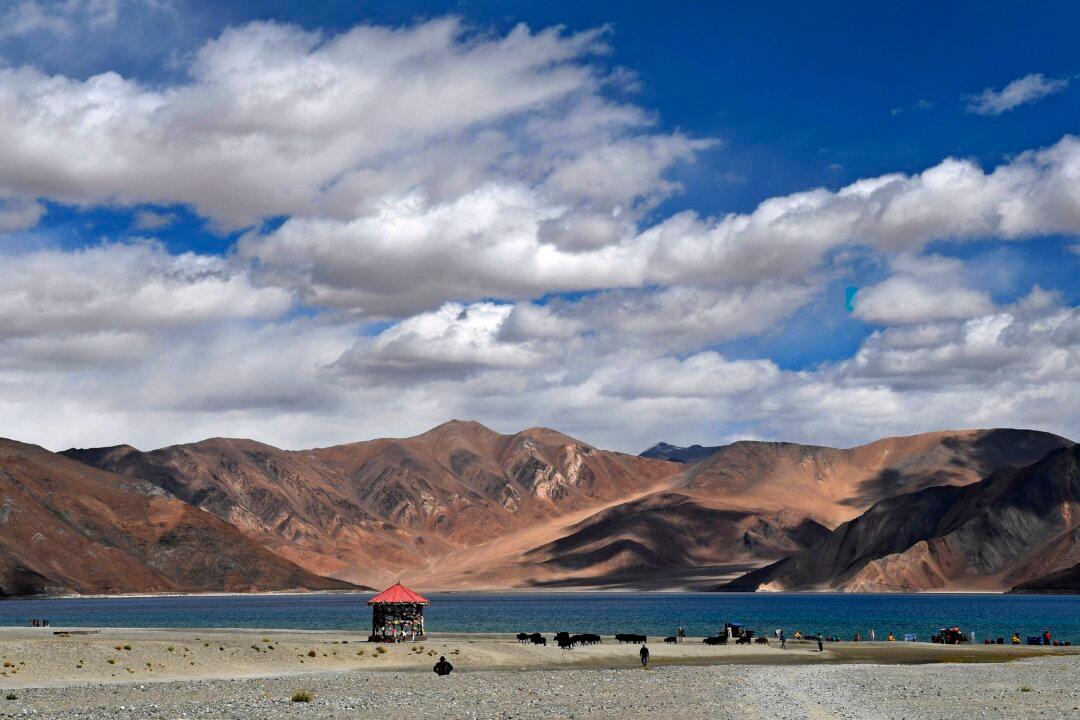The Chinese regime’s acts of aggression on the disputed border with India have drawn concern, leaving analysts to question the timing of skirmishes between the patrols of the Asian neighbors at two locations in the past few weeks.
Multiple violent clashes have occurred recently along the 2,167 miles of a disputed border known as the Line of Actual Control (LAC) in the eastern Himalayan Indian territory of Ladakh and the central Himalayan Indian territory of Sikkim, which also shares a border with Bhutan.





